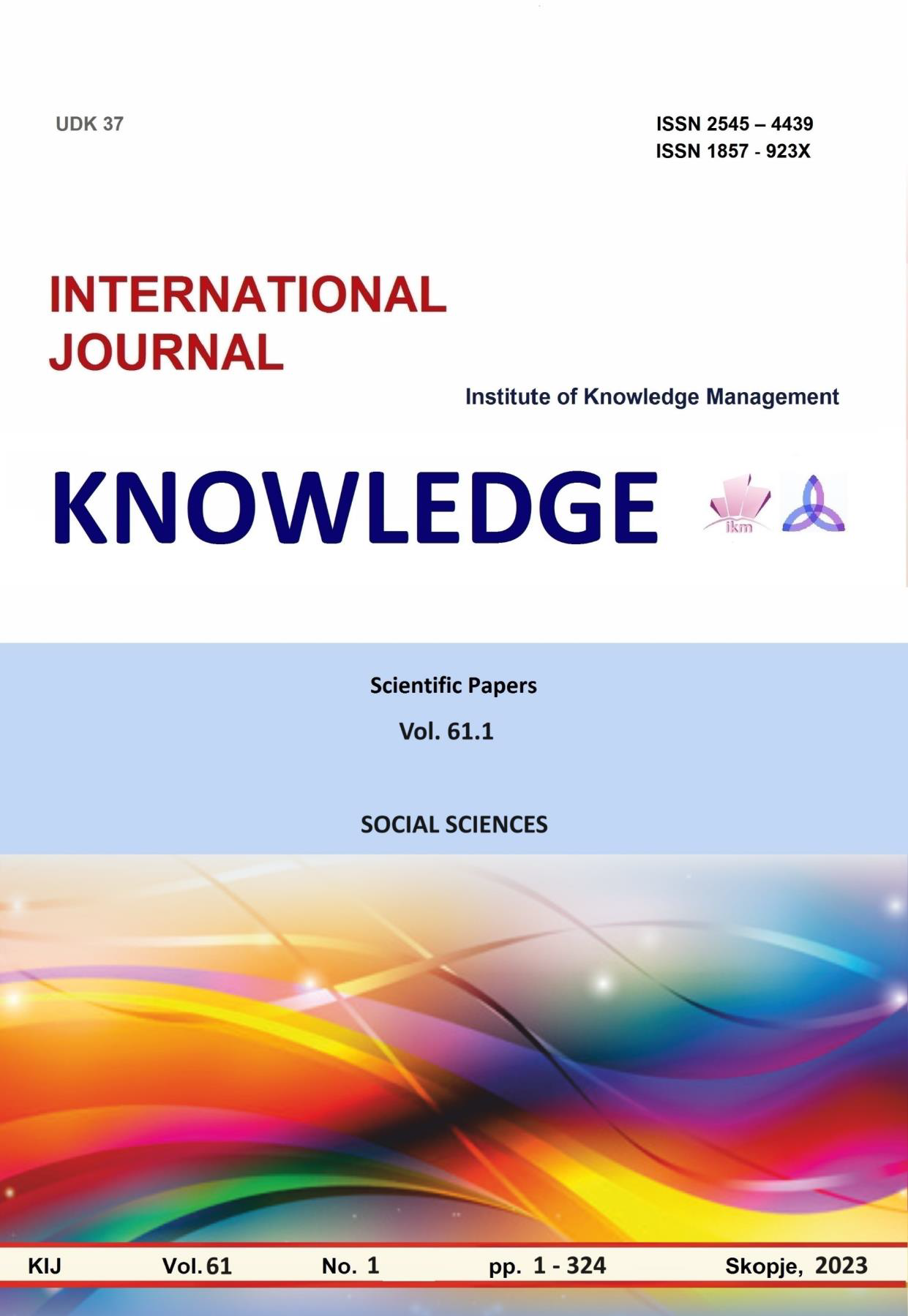THE STRUCTURE OF FINANCIAL INSTRUMENTS IN FINANCIAL SYSTEMS IN SELECTED EUROPEAN COUNTRIES – COMPARATIVE ANALYSIS
THE STRUCTURE OF FINANCIAL INSTRUMENTS IN FINANCIAL SYSTEMS IN SELECTED EUROPEAN COUNTRIES – COMPARATIVE ANALYSIS
Author(s): Gjorgji Gockov, Goran Hristovski, Suzana Makreshanska MladenovskaSubject(s): Economy, National Economy, Public Finances, Socio-Economic Research
Published by: Scientific Institute of Management and Knowledge
Keywords: Financial assets/liabilities;net financial worth;financial instruments;non-financial corporations;households
Summary/Abstract: The significance of financial systems in the contemporary world is distinctly illustrated by the fact that financial assets and liabilities often surpass the entire economy. The recent decades have witnessed a rapid liberalization of financial markets and the globalization of the world economy, which has led to a rigorous importance of financial instrument in the whole economy. The role of financial instruments in shaping economic developments is evident during both upturns and downturns. Firstly, variations persist among European nations in the ratio of financial assets and liabilities to GDP. Countries like the UK, France, Belgium, and Denmark exhibit higher indebtedness ratios, attributed to advanced markets, the presence of non bank financial intermediaries, and a long standing tradition of commercial openness. In contrast, the Balkan region tends to have lower financial liabilities to GDP ratios. Secondly, the analysis reveals improvements in net financial worth across all countries except North Macedonia. Notably, Germany, Bulgaria, Croatia, and Italy consistently maintained a net lender position throughout the period, while other countries experienced variations, with North Macedonia witnessing a continuous deterioration in net financial worth. Furthermore, national disparities persist in the composition of financial assets and liabilities by instrument. Between 2013 and 2021, a noteworthy trend was the reduction in loans and debt securities, coupled with an increase in equity and investment funds. This shift was particularly pronounced in Belgium, Denmark, Germany, France, and the USA, with Turkey being the exception showing an opposite trend. Addressing concerns about the financial position of the non financial corporations and the household sector, here has been a clear increase in equity and investment funds in non financial corporations, simultaneously, reliance on loans has generally decreased, except for Turkey, which exhibits the opposite trend. Equity and investment funds emerged as the preferred investments for households, followed by insurance technical reserves. Deposits and debt securities decreased during the period 2013 2021. Notably, even in North Macedonia, which has an intermediary based financial system, equity and investment funds play a dominant role in the overall financial system. This is influenced by idiosyncratic factors, such as the significance of small firms issuing other equity. Despite these insights, financial accounts data remain underutilized in the analysis of financial structures. Future research could explore more sophisticated measurements of financial ratios using financial accounts data. Recognizing the strong interconnections between sectors, assessing financial interrelations becomes crucial for a comprehensive understanding of markets and identifying system wide risks.
Journal: Knowledge - International Journal
- Issue Year: 61/2023
- Issue No: 1
- Page Range: 125-130
- Page Count: 6
- Language: English

